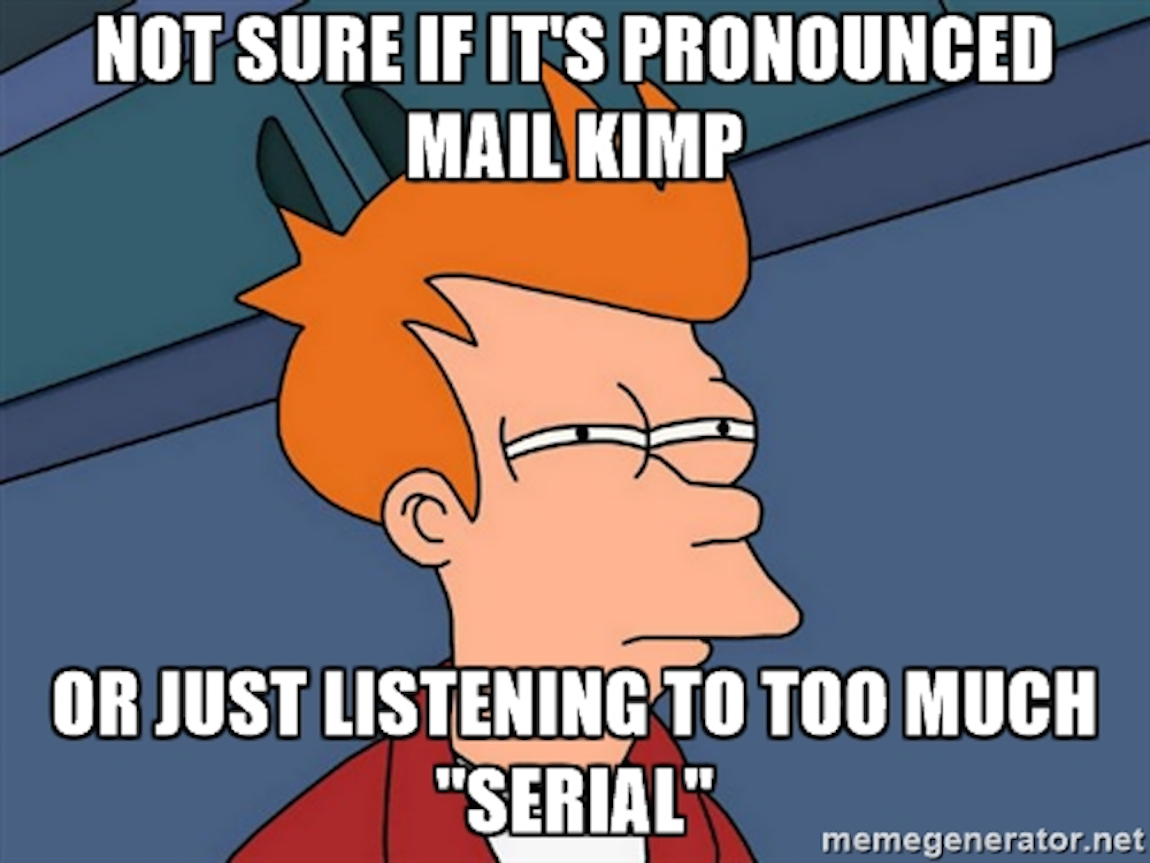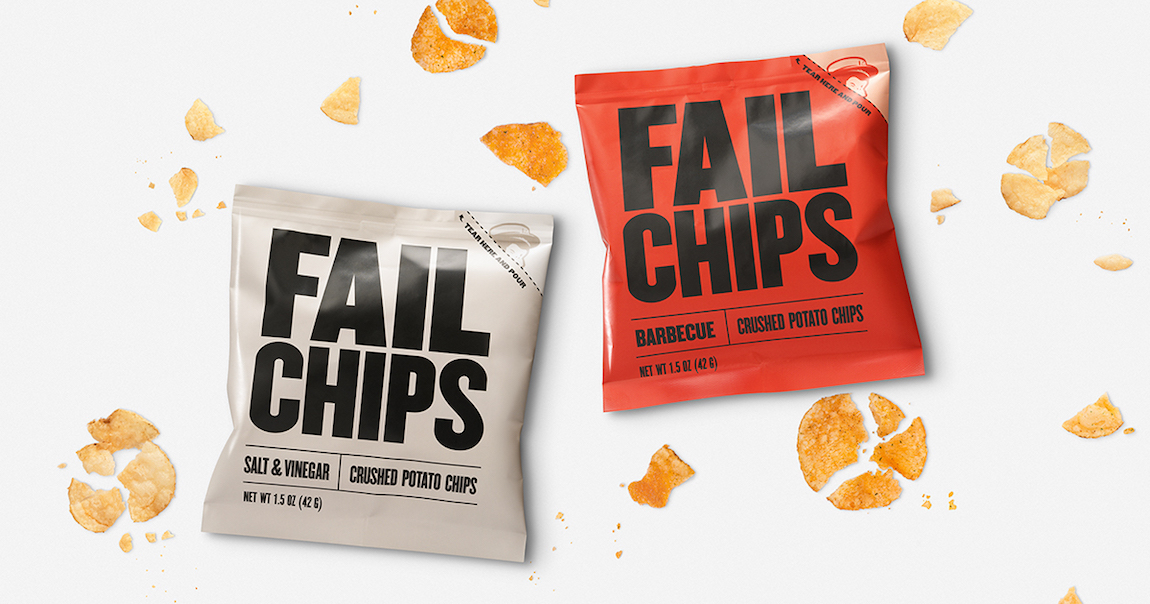B2B Monday Myth: When Sales Are Down, a Quick Fix Is the Answer
by MGB2B
The Myth: A Quick-Fix Marketing Campaign Is Necessary When Sales Numbers Are Down.
The Truth: A Slow-Burn B2B Marketing Strategy Will Foster ROI in the Long-Term.
Imagine: it’s Q2, and you look at the numbers. And the numbers aren’t looking good. If you end the year like this, it is bad news. Panicked, you call your marketing department, and give them this message: Do whatever you can, right now, to get my sales numbers up.
And Marketing executes a last-ditch, quick approach to try to get your company back on track. It may even yield good results. In the short term.
But the truth is, if you implemented long-term marketing strategy in Q1, you should expect a slow burn instead of an immediate increase in ROI. Especially with marketing plans that rely heavily on content marketing. If you put your time into a quick execution to boost immediate numbers, you’re wasting it. Instead, you should spend that time working toward larger, long-term successes.
There are several elements that take time to develop – many that require testing – in order to be done well. So you have to ask: what are the steps for implementing a successful long-term B2B marketing strategy?
Step 1: Know Your Goals and Objectives
The purpose of your campaign is to increase ROI over the long haul, not just in the immediate future. Converting leads right now will increase your sales in the short term, but long-term thinking will set the wheels in motion for greater successes year after year. Outside of sales, what are you looking for? Know exactly what you want to achieve from your campaign. You cannot expect to implement this strategy in a day and have leads knocking the door down. Brainstorm how you can sustain this campaign in the over one year, two years, three. And remember, a lot of your strategy will hinge on building relationships over time. Continuous engagement with your brand puts you on a steadier path to conversion.
If you are a bigger company, it might benefit you to take a step back and look at the bigger picture for your marketing strategy. Reworking your brand may be the key to sustaining leads for longer.
Step 2: Do Your Research
Your strategy will be useless if you haven’t taken the time to do proper research on your target audience and how your message will be best conveyed. Utilize market research initiatives to find out more abut who you plan to target, what they want, where they are in terms of the sales funnel, what messages resonate with them, and their preferred media and marketing channels. By doing the research, you will be putting the right message in front of the right people at the right time.
Step 3: Implement, Evaluate, and Fine-Tune
Your slow-burn campaign will be a long-term commitment, meaning the creation of a pipeline with organized divisions of labor and clear deadlines is vital to staying on track. When implementing a long-term strategy, you want to make sure it is as effective as possible. That’s why it’s important not to underestimate the value of keyword evaluation, website analytics, and A/B testing. Note that sales are far from the only KPI (key performance indicator). It’s important to align your KPIs with the goals you set in Step 1. If you’re measuring the wrong thing, it may become an obstacle rather than a boon. You may also need to accept that not all measures of success can be supported by hard data.
Taking the time to create a strategy, research your target audience, and detailed evaluation may seem like a lot of work. But it’s worth it in the long run. While you may not see an immediate increase in sales, these steps will ultimately foster long-term success that all company stakeholders will benefit from in the end.
Continue ReadingA Lesson on Creative B2B Campaigns from MailChimp
by MGB2B
UPDATE: We know an awesome campaign when we see it, congratulations to MailChimp for scoring a Cyber Grand Prix at Cannes Lions 2017. This campaign was recognized for being the best example of a full-blown campaign with digital at the center.
Mail Shrimp? Fail Chips? Snail Primp? What could all of these wacky phrases have in common? They’re all part of MailChimp’s new advertising campaign “Did You Mean MailChimp?” The campaign flies in the face of any preconceived notion that you need to play it straight with B2B ads.
Founded in 2001, MailChimp quickly made a name for itself in the email marketing software industry. Known for their easy-to-use email templates and quirky monkey mascot, Freddie, MailChimp is a top competitor in the B2B email marketing sphere. However, they’ve never made an advertising splash on a national scale, until this campaign.
It All Started With A Meme
The “Did You Mean MailChimp?” campaign was inspired by an ad that ran during the popular podcast, Serial, where the announcer famously mispronounced the word MailChimp. Hundreds of memes like the one shown above popped up online. MailChimp wondered: what other weird things sound like MailChimp? From there, the entire campaign blossomed.
Random Products and Trends… Not So Random After All
MailChimp launched the campaign with three quirky, but mesmerizing short films: JailBlimp, MailShrimp, and KaleLimp. After the kickoff, the brand began to set other components in motion. Taken individually, they seemed like random trends or disconnected products at the time, but for those in the know, everything was cleverly connected.
One seemingly random execution was MaleCrimp: a fake fashion trend of men with crimped hair. The brand teamed up with Paper Magazine and published a photo story online called “Cool Kids Crimp” right before New York Fashion Week. It also linked to the Tumblr MaleCrimp page, with some sly MailChimp branding at the bottom.
Another example of an over-the-top execution is FailChips. This new chip brand popped up throughout New York, offering a new brand of chips that consisted of the crunched pieces at the bottom of a bag of chips. Upon closer inspection, the packaging had the MailChimp monkey printed on the outside of the bag.
These are just a few examples of seemingly random executions, that were not so random after all. Overall, MailChimp put out eight executions of the campaign.
Why Did This Work?
There’s nothing traditional about this campaign whatsoever, but it worked. Why?
From their inception, MailChimp has established themselves as unique; among the many email software companies vying for the attention of businesses, MailChimp has firmly planted their brand flag, saying “this is who we are.” Yes, this may scare away some potential clients, but that’s okay.
MailChimp didn’t need a direct marketing campaign; they’re already known to be a top player within their industry. What they needed was an out-of-the-box brand awareness campaign that elevated MailChimp to a larger stage and let consumers know who MailChimp is, on a personal level.
Quirky, creative, funny, modern, original – these words describe both the campaign and MailChimp’s company values and brand personality. And it makes them unforgettable, even in the B2B world.
Continue Reading


